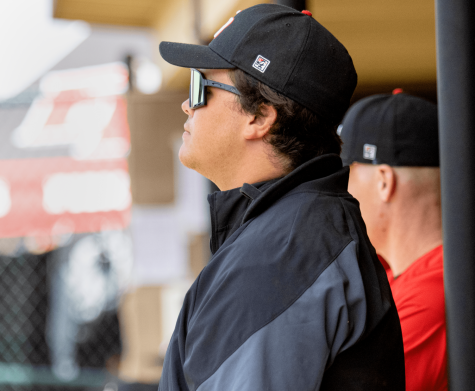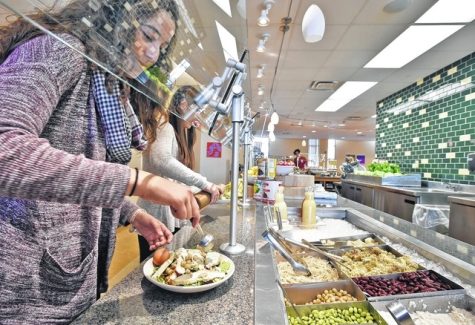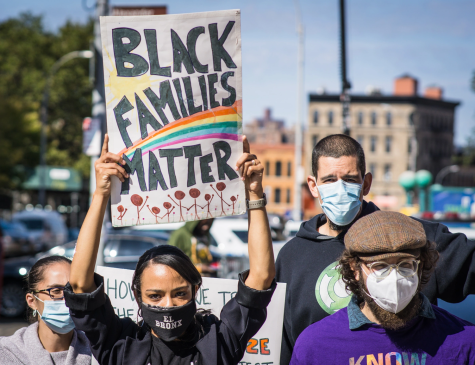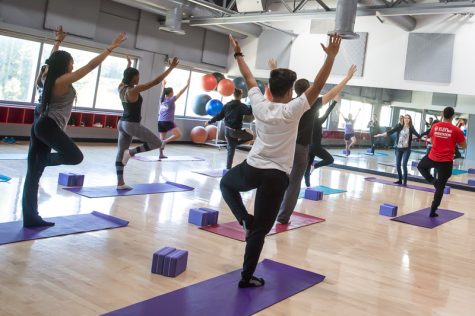The new CORE building: Is it necessary?
December 6, 2018
California State University, East Bay was founded in 1957, so naturally, there are some things on the campus that have depleted over time. Unfortunately, the damages to neglected buildings are being overlooked while a new building is being developed.
The proposed plan of the Collaborative Opportunities in Research and Engagements (CORE) building will essentially act as a resource center for students with a place to study and hang out and a readily available book center that should be up and running by early 2021.
Not much information about the CORE building is available online currently, however, Associated Student Incorporated’s Director of Wellness Mahad Fugfugosh was able to explain the center in more detail.
The building is supposed to be a state of the art study center with its emphasis on upgraded technology and resource study center.
The building would include vast windows that let in ample light and solar panels lining the roof for maximum energy savings. This would redeem a substantial amount of money for the building because it would not need to be lit during the day due to the natural light.
Unfortunately, no matter how efficient the building may be in terms of energy, what is unsettling is the amount of money proposed to be spent on building it. The construction of the building has a projected cost of $58.28 million. This money instead seems to be better deserved going to our crumbling building about campus.
“CSUEB Meiklejohn Hall is the least safe building in the entire 23-campus system in the event of a major earthquake,” according to an article written by the Pioneer in 2015. “Meiklejohn was number two on the list up until Aug. 17, 2013, when the number one building on the list was the now demolished CSUEB Warren Hall.”
There seems to be a little emphasis that we should look into retrofitting one of the campuses largest buildings. Focusing efforts to making buildings safer and more accommodating for the almost 16,000 students would be a good start.
“I think it’s going to be great. Anything that will add 500 more study spaces and 30 group study rooms is great,” said ASI president Myles Watkins.
Of course, there needs to be more space as the ever-growing student body multiples within each coming year. However it is evident that study rooms are considered more of a priority than renovating unsafe buildings.
There needs to be a central focus on the needs of the students. If students health and welfare are being put on the back burner as a distraction for a shiny new study center, what is that saying about the legitimate concern of our students? Is the school sheepishly attempting to fix a long-term problem with a short-term diversion?
Buildings are dilapidated and grossly under maintained. With things like broken lights, rat infestations and a myriad other problems, getting a new building for books when we have a full library already just doesn’t seem like the wisest move.
Another building that could use a facelift is the Music Building. Some of the classrooms have never seen a modern-day revamping since their debut in the 1950s. The lockers for instruments are nearly falling apart, as with most of the furniture in both classrooms and study areas.
Aside from buildings, the parking problem on this campus is a rampant one. With CSUEB located on top of a hill, there is not another place to park aside from the handful of parking lots and measly overflow makeshift parking lots for the nearly 16,000 students on campus.
Within the project planning of the building, the school will not offer zero parking accommodations for the new space. It noted that there are already parking lots located near it.
“I just feel like we should fix the old buildings first. Also, we should focus on making more handicap accessible entrances especially because all the old buildings do not accommodate for such,” says fourth-year CSUEB student Sofia Sevilla.
With the new building project to be completed by February 2021, I am curious to see how the new space contributes to the campus and what the students feel about it. Until then, we are faced with a year or two of construction and still no better parking solutions.















